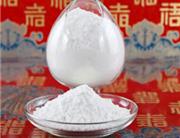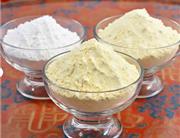Comprehensive Analysis of 1,6-Dihydro-2-methyl-6-oxo-5-pyrimidine carbonitrile (CAS No.: 27058-54-4) – A Key Pyrimidine Compound
I. Basic Information and Physicochemical Properties
(1) Core Chemical Parameters
Chinese Name: 1,6-Dihydro-2-methyl-6-oxo-5-pyrimidine carbonitrile
English Name: 2-Methyl-6-oxo-1,6-dihydropyrimidine-5-carbonitrile
CAS No.: 27058-54-4
Molecular Formula: C6H5N3O
Molecular Weight: 135.12
Appearance: White to light-yellow crystalline powder
(2) Physicochemical Properties
Melting Point: 240–242°C
Boiling Point: 405°C (atmospheric pressure)
Density: 1.33 g/cm³
Solubility: Slightly soluble in water; highly soluble in polar organic solvents (e.g., DMSO, DMF), with moderate solubility in ethanol and methanol.
Chemical Characteristics:
The cyano group (−CN) exhibits high reactivity, enabling hydrolysis, addition reactions, etc.
The carbonyl group at position 6 and 1,6-dihydro structure create unique electron cloud distribution, allowing diverse acid/base-catalyzed reactions.
The methyl group at position 2 is relatively stable but may participate in specific reactions.
II. Upstream and Downstream Industry Chain Analysis
(1) Upstream Raw Materials and Synthesis Process
(2) Downstream Products and Derivatives
Pharmaceuticals: A critical intermediate for antiarrhythmic drugs, antibiotics, and anticancer compounds (inhibiting tumor cell proliferation/apoptosis).
Agrochemicals: Used in novel insecticides/fungicides (disrupting pest neural systems or fungal metabolism) and plant growth regulators.
Materials Science: Precursor for organic semiconductors with photoelectrical properties, applicable in OLEDs and OFETs.
III. Key Application Areas
(1) Pharmaceutical R&D and Innovative Drugs
Antiarrhythmics: Derivatives modulate cardiac ion channels, stabilizing electrical activity.
Antibiotics: Inhibit bacterial cell wall synthesis or nucleic acid metabolism, showing in vitro activity against Gram-positive/negative bacteria.
(2) Agrochemical Innovation and Green Pest Control
Insecticides: Target pest neural systems (e.g., acetylcholinesterase inhibition) with low environmental toxicity.
Fungicides: Disrupt fungal respiration/cell wall synthesis, effective against crop diseases like wheat rust and cucumber powdery mildew.
(3) Materials Science and Advanced Technologies
IV. Technological Advantages and Market Dynamics
(1) Technological Strengths
Stable synthesis process with optimized conditions/catalysts improving yield/purity.
Cyano, carbonyl, and dihydro groups enable versatile derivatization for functional compounds.
(2) Market Trends
Growing demand in pharmaceuticals, agrochemicals, and materials science.
2024 Global Market: ~$10 million, projected to grow at 10%–13% annually.
Key Producers: China, India, and Europe. Chinese firms gain global share via cost efficiency and technological advancements.
V. Safety and Storage Recommendations
(1) Hazards
Irritating to eyes, skin, and respiratory tract. Ingestion/inhalation/skin contact may cause harm. Use protective equipment (goggles, gloves, respirator). Avoid contact with food/beverages due to cyano toxicity.
(2) Storage Conditions
Store in a cool, dry, ventilated warehouse, away from heat/ignition sources. Keep containers sealed, separated from oxidizers, acids, and bases.
VI. SEO Optimization Strategy
(1) Keyword Layout
Core Keywords: 1,6-dihydro-2-methyl-6-oxo-5-pyrimidine carbonitrile, 27058-54-4, pyrimidine carbonitrile intermediate.
Long-Tail Keywords: Synthesis process of 1,6-dihydro-2-methyl-6-oxo-5-pyrimidine carbonitrile, applications in pharmaceuticals, market prospects.
Formatted for clarity and SEO optimization, emphasizing technical accuracy and industrial relevance.
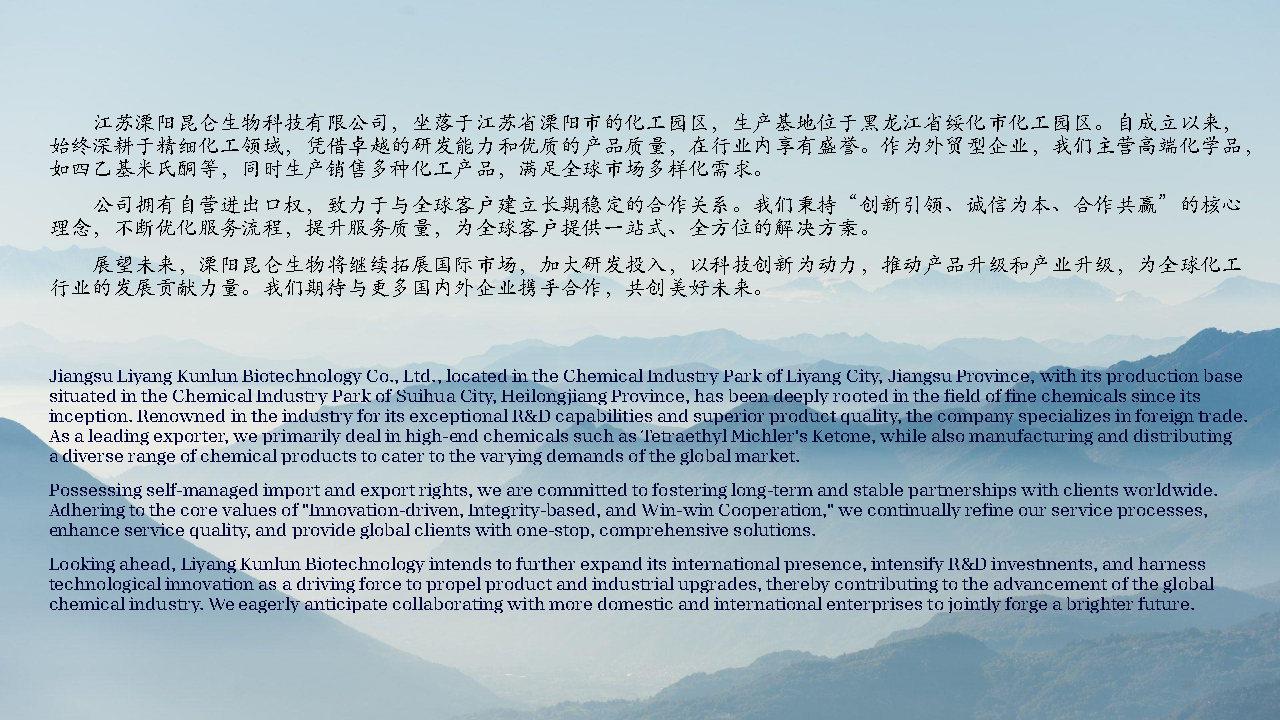
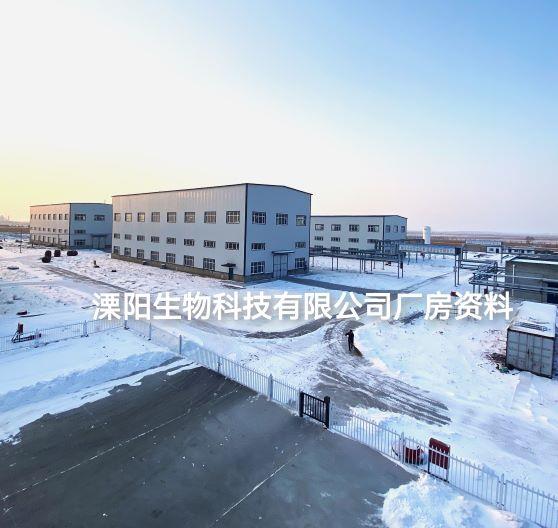

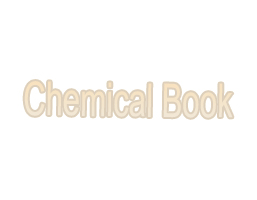
 China
China







